Wire Forms: How They Are Made and What They Are Made From
At the most basic level, a wire form is a length of wire that has been formed into a specific shape for a specific purpose. Wire forms come in...
3 min read
![]() Spring Dynamics
:
Jan 11, 2022 8:30:00 AM
Spring Dynamics
:
Jan 11, 2022 8:30:00 AM
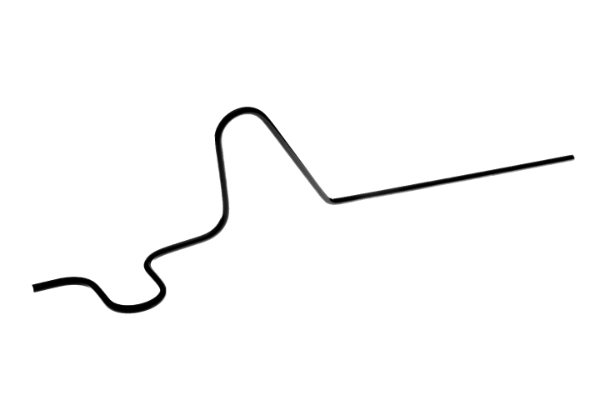
Wire forms are everywhere and are used in nearly every industry and business sector. But what are wire forms and how are they made? In this article, we tell you everything you need to know about wire forms for your next application.
In Need of Wire Forms?
At the most basic level, a wire form is a length of wire that has been formed into a specific shape for a specific purpose. Wire forms come in endless configurations and can be customized for just about any purpose. A wire form can be bent, cut straight or with angles, wound right or left, shaped with closed coils, can have additional pieces added to it, and just about anything that a customer can think of. Springs are an elaborate type of wire form.
Because of the versatility of wire forms, it is not an exaggeration to say that they can be found, in one form or another, in almost every industry, including:
Wire forms are used in endless applications including door strikers, exhaust hangers, hood prop rods, and instrument panel supports to name a few. Here are other common applications.
Wire forms can take nearly any form and be used for many purposes. Here are common wire form types and uses.
Spring Dynamics manufactures wire forms for many industries and applications. Our state-of-the-art machinery handles complex designs and we are able to run both small and large quantities.
Your product development team is welcome to work with our engineering group to identify which wire form will work best for your application. You might be surprised — in many cases, we are able to suggest advantages not previously considered.
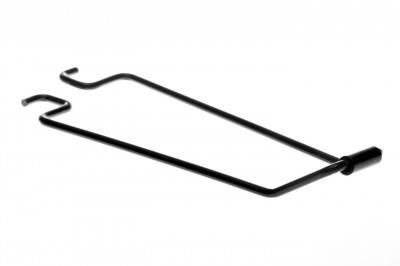
At the most basic level, a wire form is a length of wire that has been formed into a specific shape for a specific purpose. Wire forms come in...

Wire forms are everywhere and are used in nearly every industry and business sector. But what are wire forms and how are they made? In this article,...
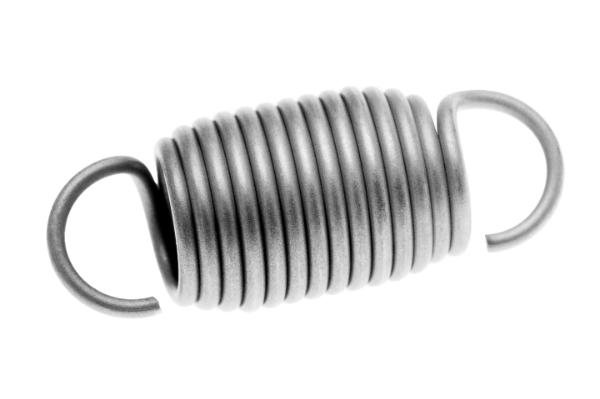
When the average person thinks of springs, they most likely envision an extension spring. Extension springs stretch and get longer, then return to...

At the most basic level, a wire form is a length of wire that has been formed into a specific shape for a specific purpose. Wire forms come in...
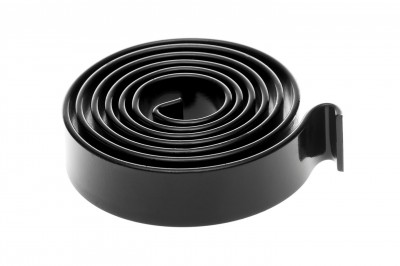
Have you ever wondered what keeps a watch running? Or helps a recliner recline? These devices are made possible because of spiral counterbalance...
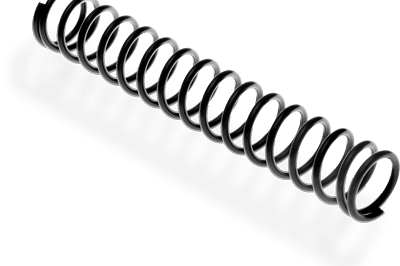
Are you a manufacturer in need of compression springs for your products? Or maybe just a consumer or entrepreneur looking to learn more about...